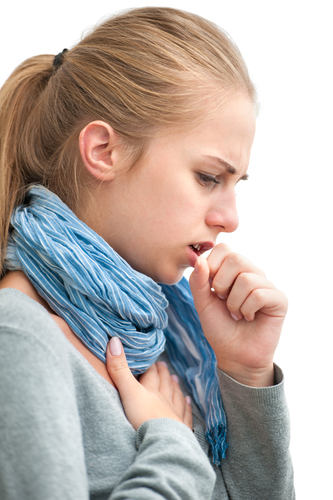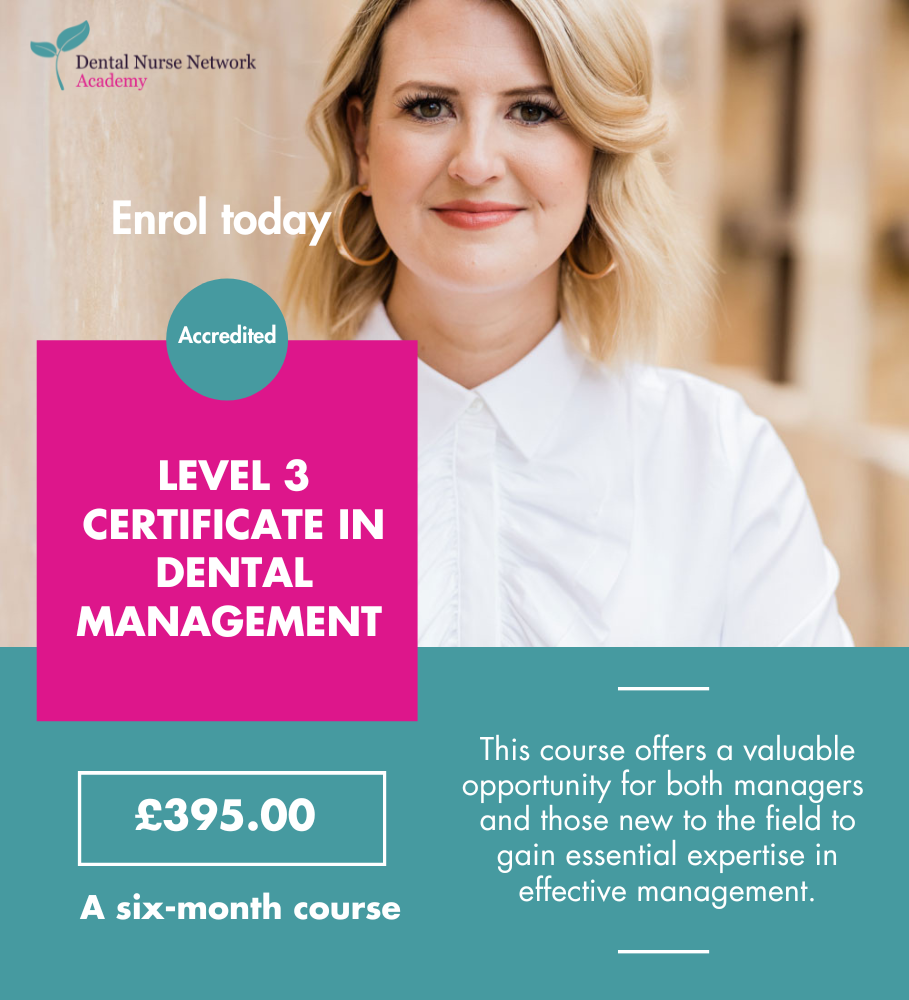 The novel coronavirus 2019 (2019-nCoV) is a newly identified strain of the coronavirus group. Other viruses in this group include the SARS virus. Coronaviruses are common across the world, with typical symptoms including fever and coughing which can progress to severe pneumonia with associated shortness of breath and breathing difficulties. Symptoms can be more severe in people with weakened immune systems, older people, and those with long-term conditions such as diabetes or cancer. As a respiratory virus, it is spread primarily via infected respiratory droplets from infected people – for example, when they cough or sneeze or from droplets of saliva or nasal discharges.
The novel coronavirus 2019 (2019-nCoV) is a newly identified strain of the coronavirus group. Other viruses in this group include the SARS virus. Coronaviruses are common across the world, with typical symptoms including fever and coughing which can progress to severe pneumonia with associated shortness of breath and breathing difficulties. Symptoms can be more severe in people with weakened immune systems, older people, and those with long-term conditions such as diabetes or cancer. As a respiratory virus, it is spread primarily via infected respiratory droplets from infected people – for example, when they cough or sneeze or from droplets of saliva or nasal discharges.
On the 31st December 2019, the World Health Organisation (WHO) China Country Office was informed of cases of pneumonia with an unknown cause within Wuhan City. By the 3rd January 2020, there were 44 patients suffering with this pneumonia. By the 7th January, the Chinese authorities had identified and isolated a new strain of coronavirus, 2019-nCoV. The first reported case of imported laboratory-confirmed 2019-nCoV from Wuhan came on the 13th January 2020 in Thailand. Further cases of imported 2019-nCoV were then reported on the 15th and 20th January by Japan and the Republic of Korea respectively.
On the 30th January 2020, the WHO declared the outbreak to be a public health emergency of international concern and provided advice on measures to control the spread of the virus. At that time, the figures stated were that globally there were 9,826 confirmed cases, with 9,720 of these cases in China and 106 cases in 19 other countries. At that time, there were 15,238 suspected cases of the virus in China, and to that date there had been 213 deaths from the virus.
This is a quickly evolving situation, with figures and data being hard to follow, but at the time of writing this article (10th February 2020) the WHO situational reports state the following figures:
SITUATION IN NUMBERS: total and new cases in last 24 hours
Globally: 37,558 confirmed (2,676 new)
China
37,251 confirmed (2,657 new)
6,188 severe (87 new)
812 deaths (89 new)
Outside of China
307 confirmed (19 new)
24 countries
1 death
The number of deaths from the virus has now overtaken the death toll from the SARS virus outbreak of 2003.
Here in the UK, as of the 10th February, there have been a total of 8 confirmed cases of the virus. The current advice from the Chief Medical Officers, based on the advice from the Scientific Advisory Group for Emergencies (SAGE), is as follows:
Those arriving in the UK from Wuhan and Hubei Province:
If you have arrived in the UK from Wuhan or Hubei Province in the last 14 days, you should:
Stay indoors and avoid contact with other people, as you would with the flu;
Call NHS 111 to inform them of your recent travel to the area.
This advice applies to all travellers, even if they have are no symptoms of the virus.
Those arriving in the UK from other parts of China and other specified areas:
- China
- Thailand
- Japan
- Republic of Korea
- Hong Kong
- Taiwan
- Singapore
- Malaysia
- Macau
If you have arrived in the UK from the above areas in the last 14 days and develop symptoms of cough or fever or shortness of breath, even if the symptoms are mild, you should immediately:
- stay indoors and avoid contact with other people, as you would with the flu;
- call NHS 111 to inform them of your recent travel to the country.
Further advice from the WHO on minimising the spread of the virus is that everyone needs to practice good respiratory hygiene. This means any sneezing or coughing should be into a tissue, which should then be discarded immediately into a closed bin. Hands should be washed regularly with soap and water, or alcohol-based hand rubs should be used.
With regard to wearing a face mask to reduce the risk of spreading/catching the virus, the WHO advice is:
“Wearing a medical mask can help limit the spread of some respiratory disease. However, using a mask alone is not guaranteed to stop infections and should be combined with other prevention measures including hand and respiratory hygiene and avoiding close contact – at least 1 metre (3 feet) distance between yourself and other people.
WHO advises on rational use of medical masks thus avoiding unnecessary wastage of precious resources and potential misuse of masks. This means using masks only if you have respiratory symptoms (coughing or sneezing), have suspected 2019-nCoV infection with mild symptoms or are caring for someone with suspected 2019-nCoV infection. A suspected 2019-nCoV infection is linked to travel in an area in China where 2019-nCoV has been reported, or close contact with someone who has travelled from China and has respiratory symptoms.” (1)
So, what does this mean for us in general dental practices?
As many of us are probably by now aware, there are concerns in healthcare with regard to a shortage of personal protective equipment/infection control supplies. Despite the advice from WHO with regard to wearing face masks, it is interesting to see the number of people who are now wearing them – I have recently travelled to Canada, and there were a number of people on the aeroplane wearing them!
A number of suppliers are providing information on their websites, and some are now limiting the quantity of supplies that can be ordered. It is worth contacting your suppliers directly to discuss any concerns you have, and it is also advisable to have an action plan in place to deal with any shortages that may occur.
It is also worth considering providing your patients with the advice from the Department of Health (DoH) regarding travellers. In one of the practices I work at, our practice owner has had the information from the DoH website printed out and put up in our reception area.* We have also had a staff meeting to discuss both concerns over supply shortages and our advice to and handling of any patient who has travelled recently to the areas stated. This action was taken in response to the fact that a patient had an appointment with us last week who had come back from mainland China a week previously.
*Please note that the advice is changing as the situation does, so ensure you are regularly checking and updating the advice you are providing to your patients.
References
WHO Q&A on Coronavirus ‘Should I wear a mask to protect myself?’ [accessed 10/2/2020 online] www.who.int/news-room/q-a-detail/q-a-coronaviruses
Bibliography
https://www.who.int/emergencies/diseases/novel-coronavirus-2019
https://www.gov.uk/guidance/wuhan-novel-coronavirus-information-for-the-public
https://www.kentexpress.co.uk
https://www.henryschein.co.uk
Written by Stephanie Carter RDT, RDH, DTLLS.



